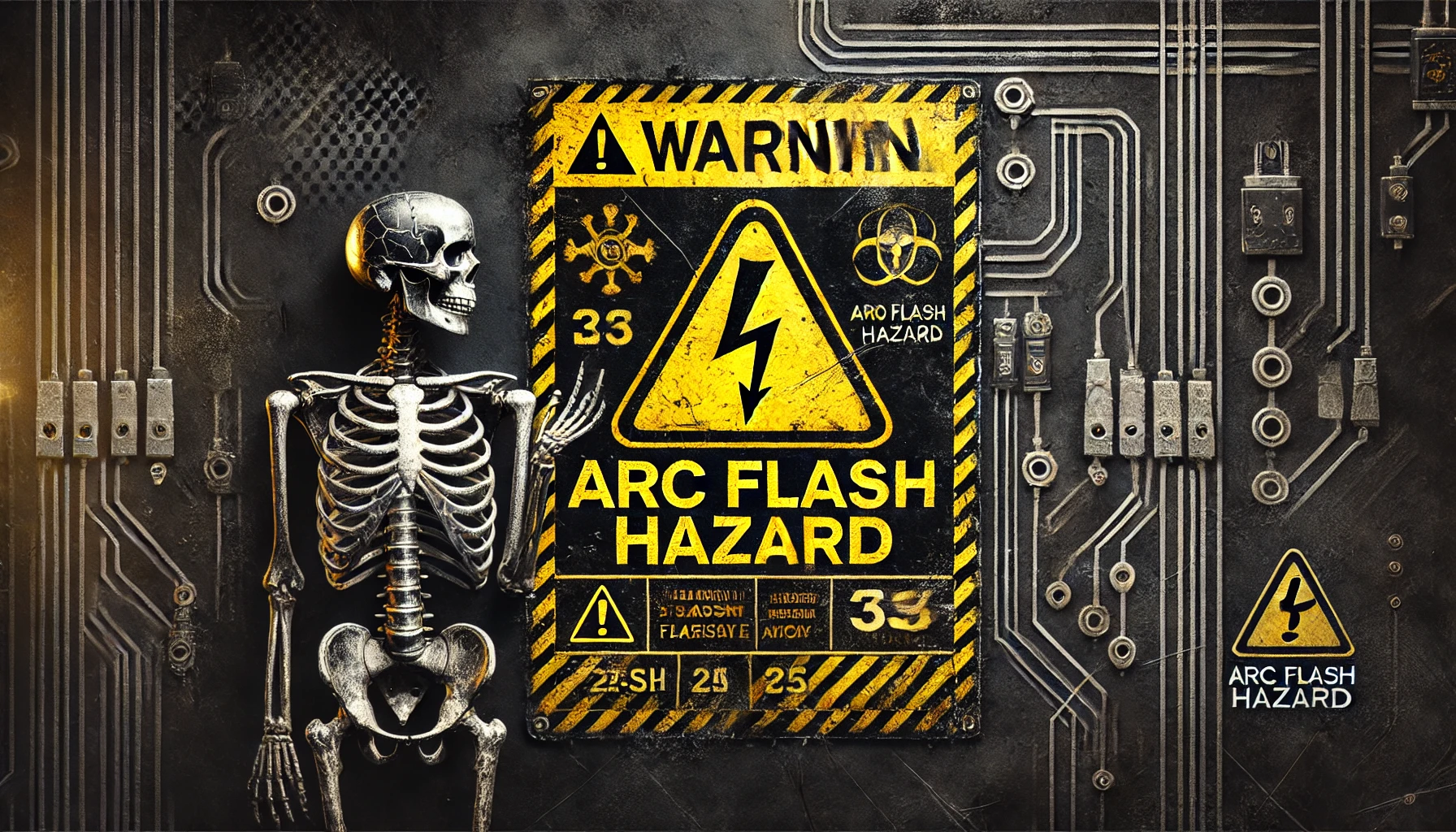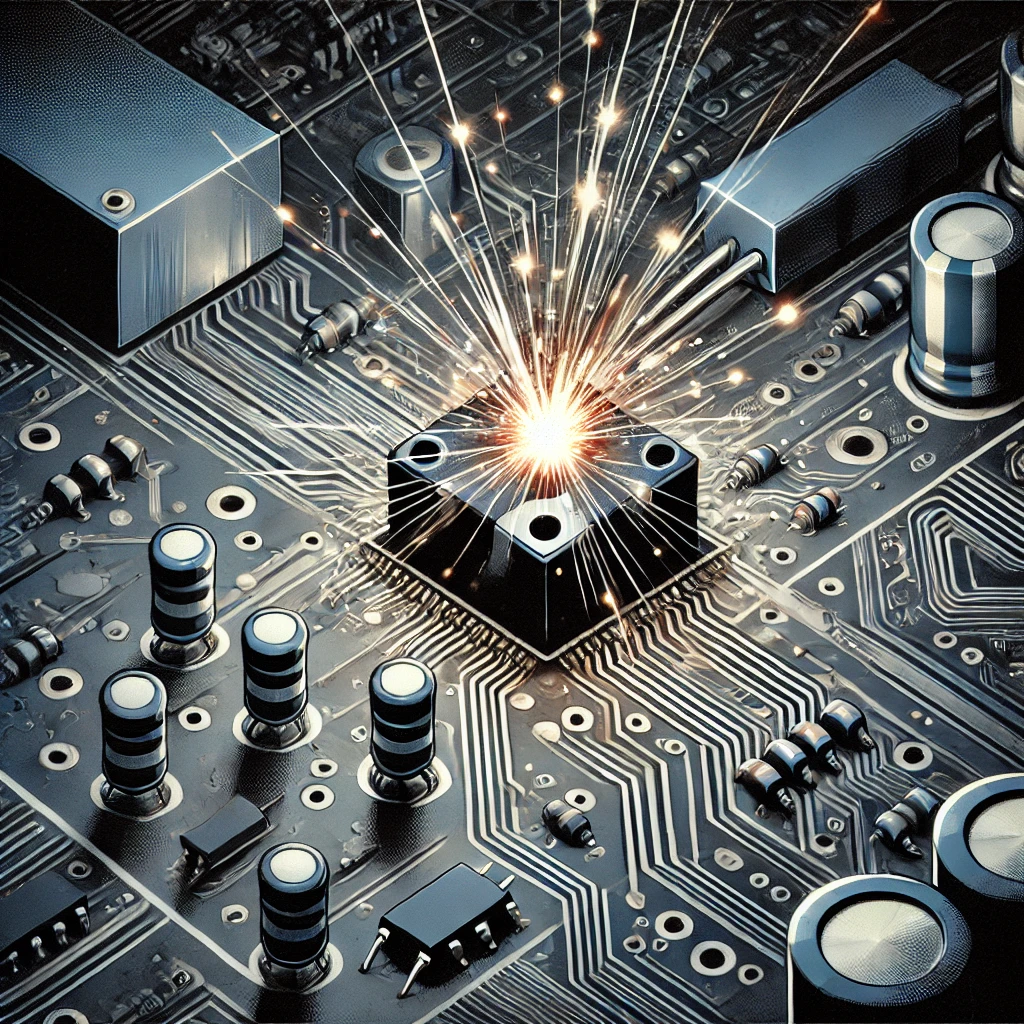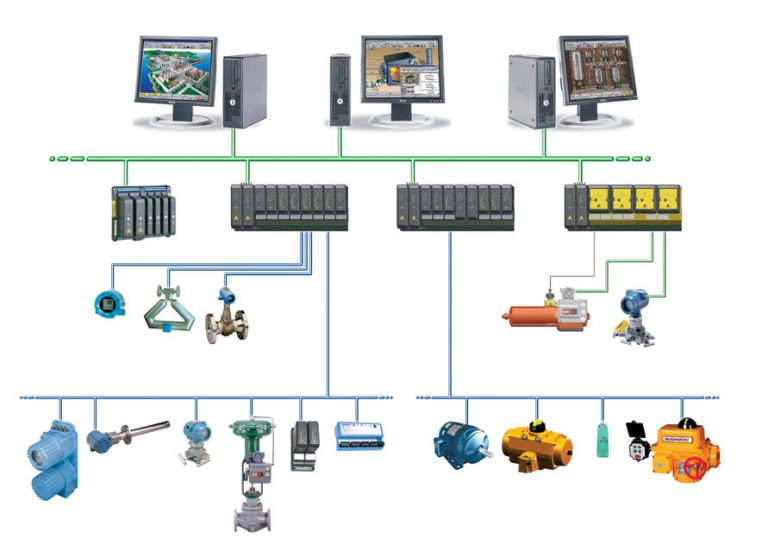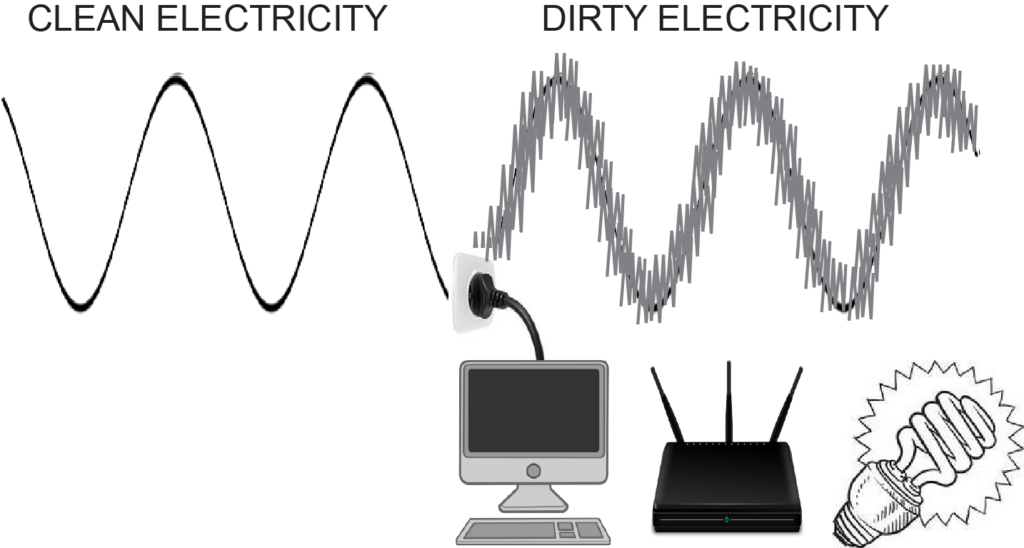Whether you’re loyal to the classic, double stuf, or thin OREOs, the addicting cookies always have a place in America’s kitchen cabinet. Even if the timeless original recipe does not jive with your taste buds, the brand has experimented with over 100 versions of OREOs. With so many to choose from, we set out to pull apart the country’s favorites.
Sometimes, OREO alters the original cookie’s wafer-to-creme ratio. Other times, they release a bold new flavor ranging from red velvet to “space dunk.” Altogether, we analyzed over 100 OREO variations using Google Trends search data from the last year to discover the most-searched style and flavor in each state in the U.S. Read on to find out which OREOs are on your neighbors’ shopping lists!
The Most Popular OREO Style in Every U.S. State

Beginning by focusing on OREO styles, most of the country is content with the original cookie design. The evenly distributed cookie-to-creme ratio that pairs a satisfying crunch with a soft middle of the Original OREO is the most popular OREO style in 26 states. While the original OREO won a simple majority of the U.S., the rest of the country divided their support into six groups.
Following the original style, Americans love The Most Stuf OREO—you guessed it—the most. This maximalist take on the classic cookie includes about four times more stuf than the original does. Fittingly, this OREO style is the most popular in the Lone Star State, proving that everything truly is bigger and better in Texas. Nine total states prefer this style, officially making it the most favored OREO style variation.
Golden OREOs round out the top three, solidifying that OREO’s choice to alter their chocolate cookie wafers was a solid idea. As one of the flagship OREO styles, Golden OREOs have a fanbase stronghold in the middle of the country made up of Arkansas, Kansas, and Oklahoma. This style is the most popular in six states in total.
The Most Popular OREO Flavor in Every U.S. State

Shifting from OREO styles to flavors, the dominant Original OREO takes the top spot as the most searched flavor in 12 states. Even as OREO continues to innovate, the classic flavor holds its own, a testament to its endless appeal. But while the Original OREO might be the overall victor, the rest of the country has plenty of adventurous preferences.
Coming in hot and winning seven states, the Tiramisu OREO brings a touch of sophistication to the table. With layers of coffee-flavored creme reminiscent of the beloved Italian dessert, this flavor finds fans in states like Colorado and Florida. Also leading in seven states, the Birthday Cake OREO is all about celebration. From Georgia to Wisconsin, this sprinkle-packed, frosting-flavored cookie is perfect for anyone looking to make snack time feel like a party. Both of these flavors are the second-most popular behind the Original OREO, making them the most popular flavor variations.
To highlight a few more of the top flavors, five states opt for the Space Dunk OREOs, exuberantly described on the packaging as OREOs with “five galactic designs and cosmic creme with popping candy.” On a completely different note, Peanut Butter OREOs find a nutty fanbase in Alabama, Rhode Island, and New Hampshire, proving that chocolate and peanut butter are always a winning duo. The playful Sour Patch Kids OREO stands out in Indiana, Mississippi, and Oregon, embracing snackers who love a little pucker with their sweet. Finally, Seasonal flavors like Christmas OREO and Gingerbread OREO win over states like Kansas and Missouri, delivering holiday cheer in cookie form.
The Most Popular OREOs in the United States of America
Overall, it’s clear that the Original OREO will never be topped, but it is interesting to note which styles and flavor variations Americans favor most. Looking at the styles, the U.S. prefers the OREO styles like The Most Stuf and Mega Stuf OREOs that pack the most creme-filled punch possible. Moving to the flavors, the U.S.’s second most popular flavor is a tie between the Tiramisu and Birthday Cake OREOs. Hilariously, those are both cookies with the flavor of a different dessert. In the U.S., cookie enthusiasts must want to get as much dessert out of one bite as possible!
Closing Thoughts
Even though the United States is divided about which OREO is the best, it’s clear that OREO is one of the most popular dessert brands in the country. So, no matter what your favorite OREO is—whether the Sour Patch Kids OREO or the Mega Stuf OREO—own it and enjoy it! After all, it takes a lot of hard work for OREOs to reach your pantry.
With so many unique Oreo flavors to produce, packaging lines and quality control systems need to run flawlessly to keep up with demand. At MRO Electric, our expertise in maintaining and supplying industrial automation components helps support these types of high-volume operations, helping ensure that fan-favorite products make it to store shelves without a hitch. Get in touch with us to learn how we can serve your industrial automation needs.
Methodology
To determine the most popular OREO flavor and style in every U.S. state, we compiled a list of 112 search terms* based on OREO’s online cookie collection and various food news publication coverage of limited edition flavors from sources such as Delish and Eat This, Not That! We then analyzed the regional interest of the 112 OREO styles and flavors on our list using Google Trends search data from November 2023 to November 2024. Finally, we compared search interest to find every state’s favorite OREO flavor and style. We used high search interest as an indicator of popularity.
*The list of OREO styles refers to OREO’s original cookie and its various structural formats across its classic products, such as Double Stuf, Thins, and even Golden OREOs. While 21 styles were researched, only eight of them had enough data to include in the study. The list of OREO flavors refers to a list of 93 different OREO flavors or limited edition OREOs including original, specialty, limited edition, and discontinued flavors. While 93 flavors and limited editions were researched, only 24 had enough data to include in the study. Additionally, flavors not sold in the U.S. were excluded from the study.







